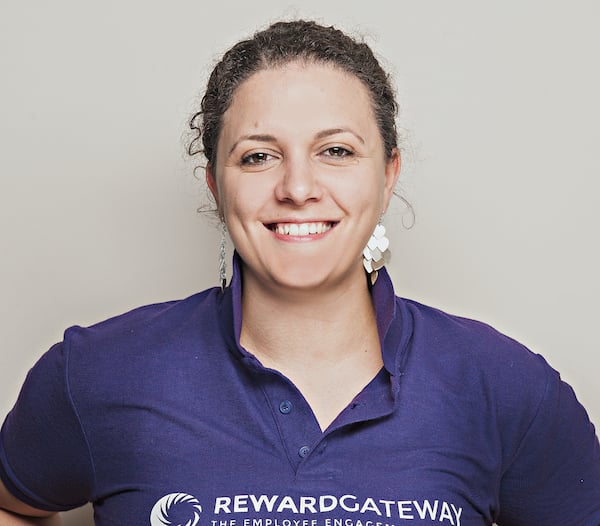So, you’ve spent all that time and thought about how to help employees on long-term leave feel included and engaged throughout their time off. You can pat yourself on the back for a job well done. But wait ....what happens once they’re back?
Before my first day back I was looking forward to returning to work.
I was anxious about lots of new faces and a change of role, but that didn’t overshadow how eager I was to get back into the swing of things (and not just because it would give me the opportunity to talk to grown ups all day!).
As an employer, there are a few really easy things you can do to help create a seamless transition back to work to keep employees engaged after a long term leave like a sabbatical, parental leave or sick leave. Here are a few ideas to get you started:
Consider a change to the employee’s role and/or working hours.
To start with, it’s important to think about the fact that the employee could be coming back to a different role entirely. Ask yourself;
- Have you (and their line manager) communicated clearly and in advance what their job description is and what your expectations are of them?
- Will they be working with the same people? With the same team? And with a workspace and culture that they're used to?
- Do they know the people in their team?
Once you’ve answered those questions you can look at ways to prevent any shock or uncertainty for the employee, as with so many things — it comes back to open and honest communication. Arrange a catch up to chat to them, plus a 1-2-1 with their manager and (one of the most important points) some social down time with their team. It doesn’t need to be anything expensive, just a gathering to eat lunch together or an activity after work, whatever suits them and their team.
As part of your planning for the employee’s return, you may also need to consider adjusted working hours, a phased return, or sometimes an adjustment based on medical advice. It might sound like a lot, but the time you spend now will make it a great experience for everyone involved and prevent stress on both sides down the line.

It’s not just about day one
I actually found myself downplaying how great my return to work was when I spoke to friends, as I now understand that it’s absolutely not a universal feeling! Two factors added to my experience, which I feel obliged to admit helped me feel so happy returning to work.
One is the general feeling of regaining a bit of yourself when you finish parental leave, something out of the control of an employer. The second is the fact that I returned to our shiny new London office based in Tottenham Court Road. That was just lucky timing for me and not something that many employers can emulate. There are however lots of other things you can do to affect the returning process after the very first day back.
Speaking from experience, your employee’s very first day will be a bit overwhelming, and hectic, perhaps not the right time to throw ALL the new information they need at them. It is likely to be a while before they’ll feel fully back into the swing of things.
A couple more things to keep in mind:
- Help the employee remember company values and other important information by enrolling them into your company induction process (if not the whole thing, then some key components of it).
- Prevent them from feeling overwhelmed by giving them time to adjust, catch up with colleagues and friends and not feel plummeted straight into their (possibly hectic) work schedule.
- Keep up the feeling of inclusion by continuing to encourage the employee to remain up to date with your communication channels.
- Bring back job focus so you start on the same page by making sure they have a clear and comprehensive refresher into their role and responsibilities or a clear job description if it’s a different role they’re returning to. This is a continuous process that should flow into the employee’s natural cycle of 1-2-1s with their manager.
Make the employee feel recognized and reduce any unnecessary confusion by communicating their return so people across the business know that they’re back and what they’ll be doing. (I got a nice featured post on boom! to help re-introduce me to the company.)
Above all, remember you're welcoming back one of your own, so don't be afraid to make some noise about how happy you are to have that employee back!

 Sarah Akanbi
Sarah Akanbi


